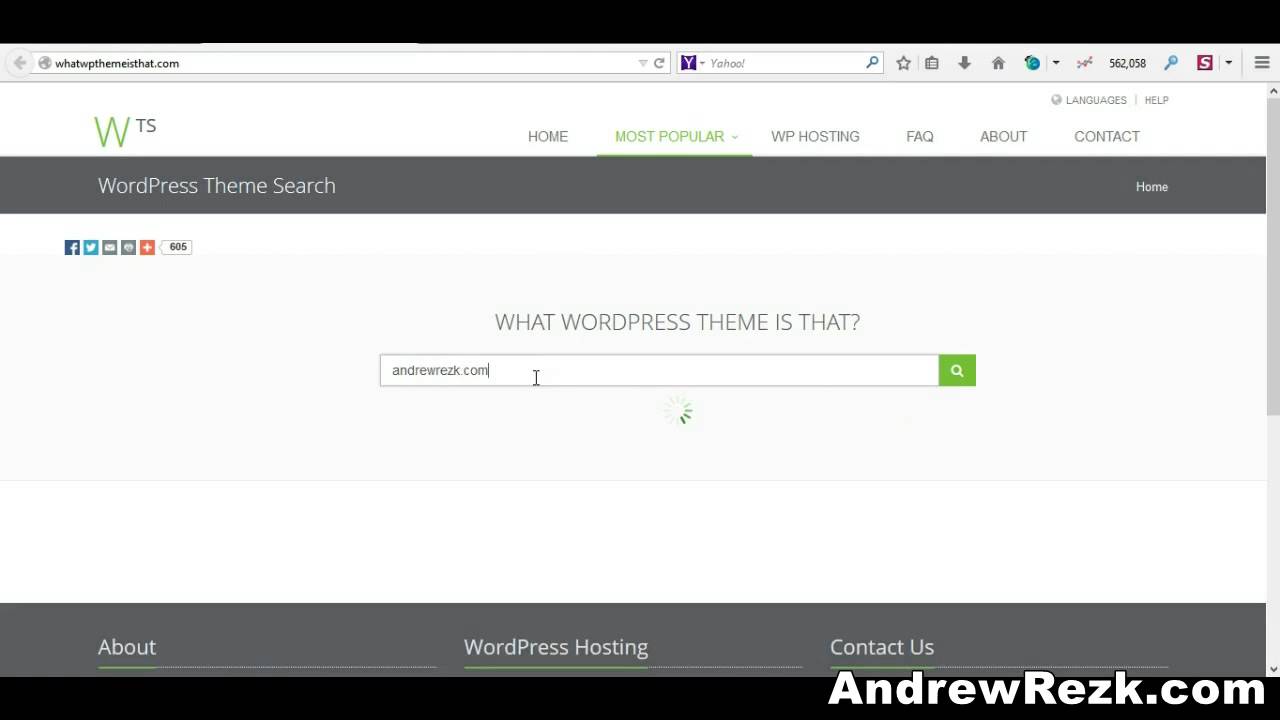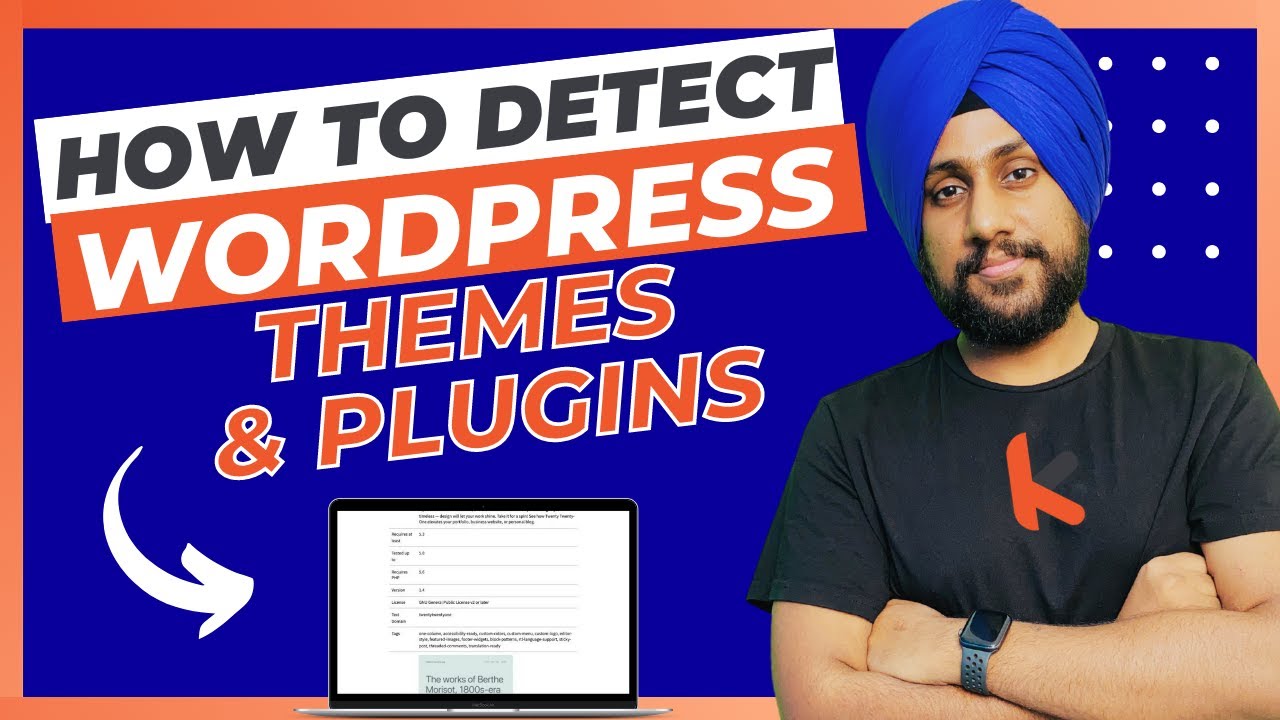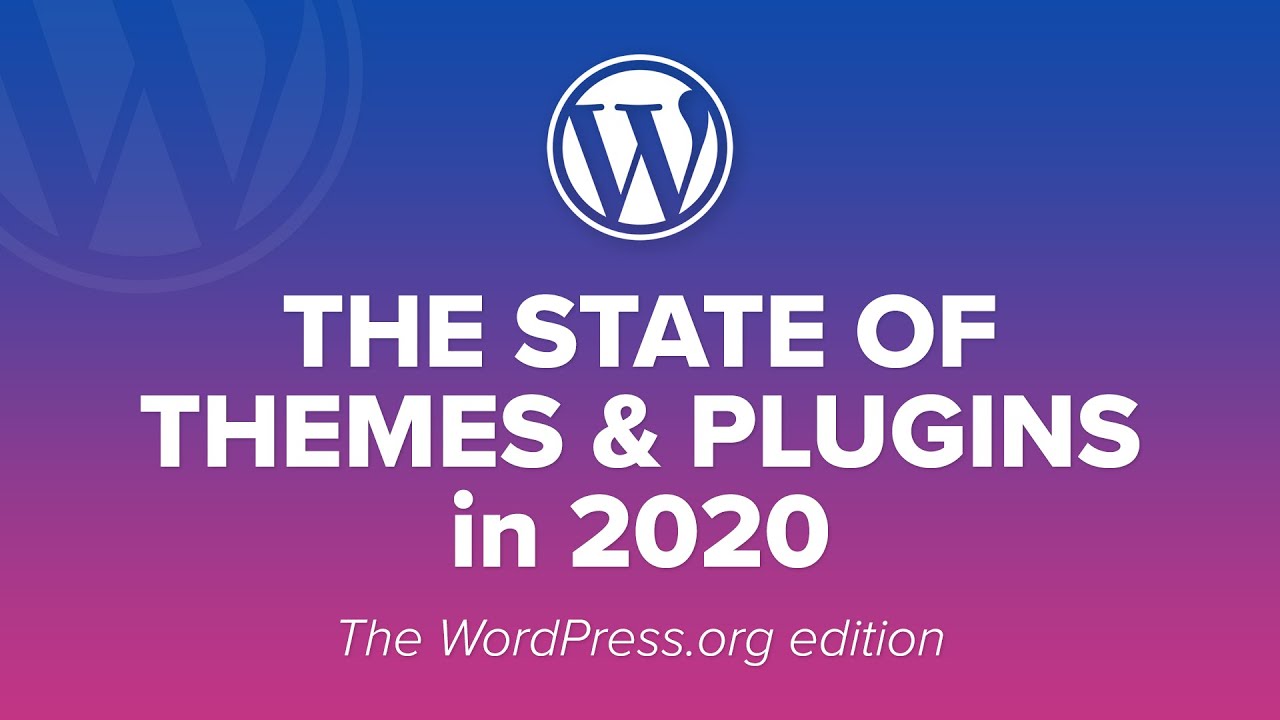Table of Contents
- Introduction
- Understanding the Importance of Digital Marketing for Small Businesses
- Key Digital Marketing Strategies for Small Businesses
- Search Engine Optimization (SEO)
- Content Marketing
- Social Media Marketing
- Email Marketing
- Pay-Per-Click (PPC) Advertising
- Influencer Marketing
- Implementing SEO: Boost Your Website’s Visibility
- Keyword Research and Implementation
- On-Page SEO Optimization
- Link Building
- User Experience and Mobile-Friendliness
- Crafting Engaging Content: Captivate Your Target Audience
- High-Quality Blog Posts
- Informative and Educational Articles
- Engaging Videos and Visual Content
- Interactive Infographics
- Leveraging Social Media: Connect and Engage with Your Audience
- Choosing the Right Platforms
- Creating a Consistent Brand Voice
- Engaging with Your Audience
- Utilizing Social Media Advertising
- Power of Email Marketing: Nurturing Customer Relationships
- Building an Email List
- Crafting Compelling Email Campaigns
- Personalization and Segmentation
- Measuring Success
- Maximizing PPC Advertising: Targeted Traffic and Conversions
- Setting Up Targeted Campaigns
- Optimizing Ads and Landing Pages
- Monitoring and Optimizing for Performance
- Harnessing the Influence: Collaborating with Influencers
- Identifying the Right Influencers
- Building Authentic Partnerships
- Leveraging User-Generated Content
- Measuring the Impact
- Conclusion
Introduction
Welcome to our comprehensive guide on digital marketing strategies for small businesses. In today’s competitive digital landscape, having a strong online presence is essential for small businesses to thrive. By adopting effective digital marketing strategies, you can boost your brand visibility, connect with your target audience, and ultimately grow your customer base. In this blog post, we will explore the key strategies that small businesses can employ to achieve success in the digital realm.
Understanding the Importance of Digital Marketing for Small Businesses
In this increasingly digital age, the Internet has become the go-to resource for consumers when searching for products, services, and information. As a small business, leveraging digital marketing techniques allows you to reach and engage with your target audience, even on a limited budget. Additionally, digital marketing provides valuable insights and analytics that enable you to measure and optimize your campaigns effectively. Let’s delve into some of the top digital marketing strategies that can empower your small business to thrive online.
Key Digital Marketing Strategies for Small Businesses
Search Engine Optimization (SEO)
SEO is a fundamental aspect of digital marketing that focuses on optimizing your website to improve its visibility on search engine result pages. By implementing SEO best practices, you can ensure your website ranks higher in relevant search queries, driving organic traffic and increasing your chances of gaining qualified leads. Some crucial SEO strategies include:
- Conducting thorough keyword research to identify relevant terms and phrases
- Incorporating primary and related keywords naturally into your website content
- Optimizing website structure, meta tags, and headings
- Building high-quality backlinks from reputable sources
- Ensuring your website is mobile-friendly and user-friendly
Content Marketing
Content marketing involves creating and distributing valuable, relevant, and consistent content to attract and engage your target audience. By crafting compelling narratives that resonate with your audience, you can establish your brand as an authority and build trust. Some effective content marketing strategies include:
- Publishing informative and educational blog posts
- Creating engaging videos and visual content
- Designing interactive infographics
- Sharing user-generated content and testimonials
Social Media Marketing
Social media has revolutionized the way brands connect and engage with their target audience. By leveraging the power of social media platforms, you can reach a wide range of potential customers while building brand loyalty. Key social media marketing strategies include:
- Identifying the appropriate social media platforms for your target audience
- Creating a consistent brand voice and aesthetic
- Engaging with your audience through comments, messages, and shares
- Utilizing social media advertising to reach a larger audience
Email Marketing
Email marketing remains one of the most effective ways to nurture customer relationships and drive conversions. By building an email list and crafting personalized campaigns, you can keep your audience informed, engaged, and eager to do business with you. Some essential email marketing strategies include:
- Building an email list through website sign-ups, lead magnets, and customer opt-ins
- Crafting compelling email campaigns with personalized content
- Segmenting your email list based on customer demographics, purchase history, or engagement
- Analyzing email metrics to measure success and make data-driven improvements
Pay-Per-Click (PPC) Advertising
PPC advertising allows you to display ads to your target audience and pay only when there is a genuine interest or click. By setting up targeted campaigns and optimizing your ads and landing pages, you can drive highly relevant traffic to your website and increase conversions. Here are some key aspects of PPC advertising:
- Conducting keyword research to identify relevant search terms
- Setting up targeted campaigns with well-crafted ad copy
- Optimizing landing pages for better user experience and conversions
- Continuously monitoring and optimizing your campaigns for maximum performance
Influencer Marketing
Influencer marketing involves collaborating with influential individuals who can promote your brand to a wider audience. By leveraging the reach and credibility of these influencers, you can effectively expand your brand’s visibility and reach. Key strategies for influencer marketing include:
- Identifying relevant influencers who align with your brand values and target audience
- Building authentic and meaningful partnerships with influencers
- Leveraging user-generated content to showcase your brand and products
- Tracking and measuring the impact of influencer campaigns through metrics and engagement
Implementing SEO: Boost Your Website’s Visibility
Now that we have explored the key digital marketing strategies for small businesses let’s dive deeper into implementing SEO to boost your website’s visibility and enhance organic traffic.
Keyword Research and Implementation
Keyword research is the foundation of any successful SEO strategy. Start by identifying primary keywords related to your business and industry. Consider what your target audience may be searching for and use keyword research tools to discover popular terms. Once you have a list of relevant keywords, incorporate them naturally into your website content, including headings, sub-headings, and meta tags.
On-Page SEO Optimization
On-page SEO refers to optimizing elements within your website to improve its search engine visibility. Pay attention to the following on-page SEO factors:
- Optimize page titles and meta descriptions with relevant keywords
- Use header tags (H1, H2, H3) to structure your content and include relevant keywords
- Ensure your URLs are concise and descriptive, and include keywords where appropriate
- Optimize your images by using alt tags and compressing file sizes
- Include internal links to relevant pages within your website
Link Building
Link building plays a crucial role in improving your website’s authority and visibility. Focus on building high-quality backlinks from reputable websites in your industry Consider guest posting on relevant blogs, reaching out to industry influencers for collaborations, and engaging in online communities or forums.
User Experience and Mobile-Friendliness
User experience and mobile-friendliness are critical factors in SEO. Ensure your website has a responsive design that adapts to different devices and screen sizes. Optimize your website’s loading speed, prioritize readability, and make it easy for users to navigate through your site.
Crafting Engaging Content: Captivate Your Target Audience
Engaging content is the backbone of your digital marketing efforts. By creating valuable and captivating content, you can attract and retain your target audience. Let’s explore some effective ways to craft engaging content that captivates your audience:
High-Quality Blog Posts
Blogs serve as a platform for sharing in-depth, informative, and relevant content with your target audience. Focus on creating high-quality blog posts that answer common questions, provide expert advice, or offer actionable tips. Use engaging headings, bullet points, and images to enhance readability and captivate your readers.
Informative and Educational Articles
Educational articles provide valuable knowledge and insights to your audience, positioning your brand as an industry thought leader. Research and write thought-provoking articles that address industry trends, analyze market data or explain complex topics in a digestible manner.
Engaging Videos and Visual Content
Visual content, such as videos and infographics, can grab your audience’s attention and convey information more effectively than plain text. Create engaging videos that showcase your products or services, share customer success stories, or provide helpful tutorials. Additionally, design visually appealing infographics that simplify complex information and make it shareable.
Interactive Infographics
Interactive infographics allow your audience to engage with and explore information in an interactive and visually appealing manner. Create interactive infographics that encourage user interaction, such as quizzes, surveys, or clickable content. This not only enhances user experience but also increases the chances of social sharing and engagement.
Leveraging Social Media: Connect and Engage with Your Audience
Social media platforms present valuable opportunities to connect and engage with your target audience. By utilizing the power of social media, you can build an online community, foster brand loyalty, and generate leads. Let’s discover some effective social media marketing strategies:
Choosing the Right Platforms
Identify the social media platforms that are most relevant to your target audience. Consider factors such as demographics, industry, and content types. Focus your efforts on platforms where your audience is most active.
Creating a Consistent Brand Voice
Establishing a consistent brand voice across your social media platforms helps strengthen brand recognition and builds trust with your audience. Create brand guidelines that outline your tone, style, and values. Ensure your brand voice aligns with your target audience’s preferences and expectations.
Engaging with Your Audience
Social media is all about being social! Engage with your audience by responding to comments, messages, and mentions promptly. Encourage discussions, ask questions, and share user-generated content to foster an active and engaged online community.
Utilizing Social Media Advertising
Social media advertising allows you to reach a wider audience and target specific demographics based on interests, location, and behavior. Utilize social media advertising to amplify your reach, drive traffic to your website, and increase conversions. Experiment with different ad formats, such as image ads, video ads, and carousel ads, to find what resonates with your audience.
Power of Email Marketing: Nurturing Customer Relationships
Email marketing remains a highly effective channel for nurturing customer relationships, staying top-of-mind, and driving conversions. Build a strong email marketing strategy using the following strategies:
Building an Email List
Start by building an email list of subscribers who have opted in to receive updates from your business. Place sign-up forms on your website, offer valuable lead magnets in exchange for email addresses, or request customer opt-ins during the purchase process.
Crafting Compelling Email Campaigns
Craft personalized and engaging email campaigns that provide value to your subscribers. Segment your email list based on demographics, purchase history, or engagement to deliver targeted content. Experiment with different types of emails, such as newsletters, promotional offers, or personalized recommendations, to keep your audience engaged.
Personalization and Segmentation
Personalization and segmentation are key to effective email marketing. Customize your emails based on your subscribers’ preferences, past interactions, and purchase behavior. Tailor your content to specific segments of your audience, ensuring relevance and increasing the chances of conversion.
Measuring Success
Track and measure the success of your email campaigns using email marketing software analytics. Monitor metrics such as open rates, click-through rates, and conversions to gain insights into your campaign’s performance. Use this data to fine-tune your future campaigns and optimize for better results.
Maximizing PPC Advertising: Targeted Traffic and Conversions
Pay-per-click (PPC) advertising allows you to display ads to a targeted audience and pay only when someone clicks on your ad. Follow these strategies to maximize your PPC advertising efforts:
Setting Up Targeted Campaigns
Identify your target audience and select relevant keywords to target in your PPC campaigns. Conduct thorough keyword research to find popular search terms that align with your business offerings. Use negative keywords to exclude irrelevant searches and avoid wasting ad spend.
Optimizing Ads and Landing Pages
Craft compelling ad copy that captures the attention of your target audience and entices them to click. Use relevant keywords in your headlines and ad descriptions. Ensure your landing pages align with your ad messaging and provide a clear call-to-action to drive conversions.
Monitoring and Optimizing for Performance
Regularly monitor the performance of your PPC campaigns and make data-driven optimizations. Track key metrics such as click-through rates (CTR), conversion rates, and return on ad spend (ROAS). Adjust your bids, ad copy, and targeting based on performance to improve your campaign’s effectiveness.
Harnessing the Influence: Collaborating with Influencers
Influencer marketing has gained tremendous popularity as a powerful strategy to expand your brand’s reach and credibility. Follow these steps to harness the influence and collaborate effectively with influencers:
Identifying the Right Influencers
Research and identify influencers who have a genuine connection with your industry and target audience. Look for influencers who are authentic, have an engaged following, and align with your brand values. Tools like social media listening platforms or influencer marketing platforms can assist in finding suitable influencers.
Building Authentic Partnerships
Approach influencers with a personalized and sincere outreach message highlighting why you believe they would be a good fit for your brand. Offer value and discuss potential collaboration opportunities that benefit both parties. Building authentic relationships with influencers results in more organic and effective influencer campaigns.
Leveraging User-Generated Content
Encourage your customers and followers to create user-generated content (UGC) that showcases your brand or products. UGC can serve as valuable social proof and create a sense of community around your brand. Repurpose UGC in your digital marketing campaigns, social media posts, or website to build trust and credibility.
Measuring the Impact
Measure the impact of your influencer marketing campaigns using various metrics. Track reach, engagement, impressions, clicks, and conversions attributed to influencer collaborations. Analyze the return on investment (ROI) and adjust your influencer marketing strategy accordingly.
Conclusion
Congratulations! You have gained valuable insights into implementing effective digital marketing strategies for small businesses. By adopting the strategies discussed in this blog post, you can boost your online presence, connect with your target audience, and drive growth for your small business. Remember to tailor your approach based on your business goals, target audience, and industry. Stay consistent, be adaptive, and continuously measure and optimize your digital marketing efforts to maximize success in the ever-evolving digital landscape. Happy marketing!




















1 thought on “Digital Marketing Strategies for Small Businesses: Grow Your Customer Base”